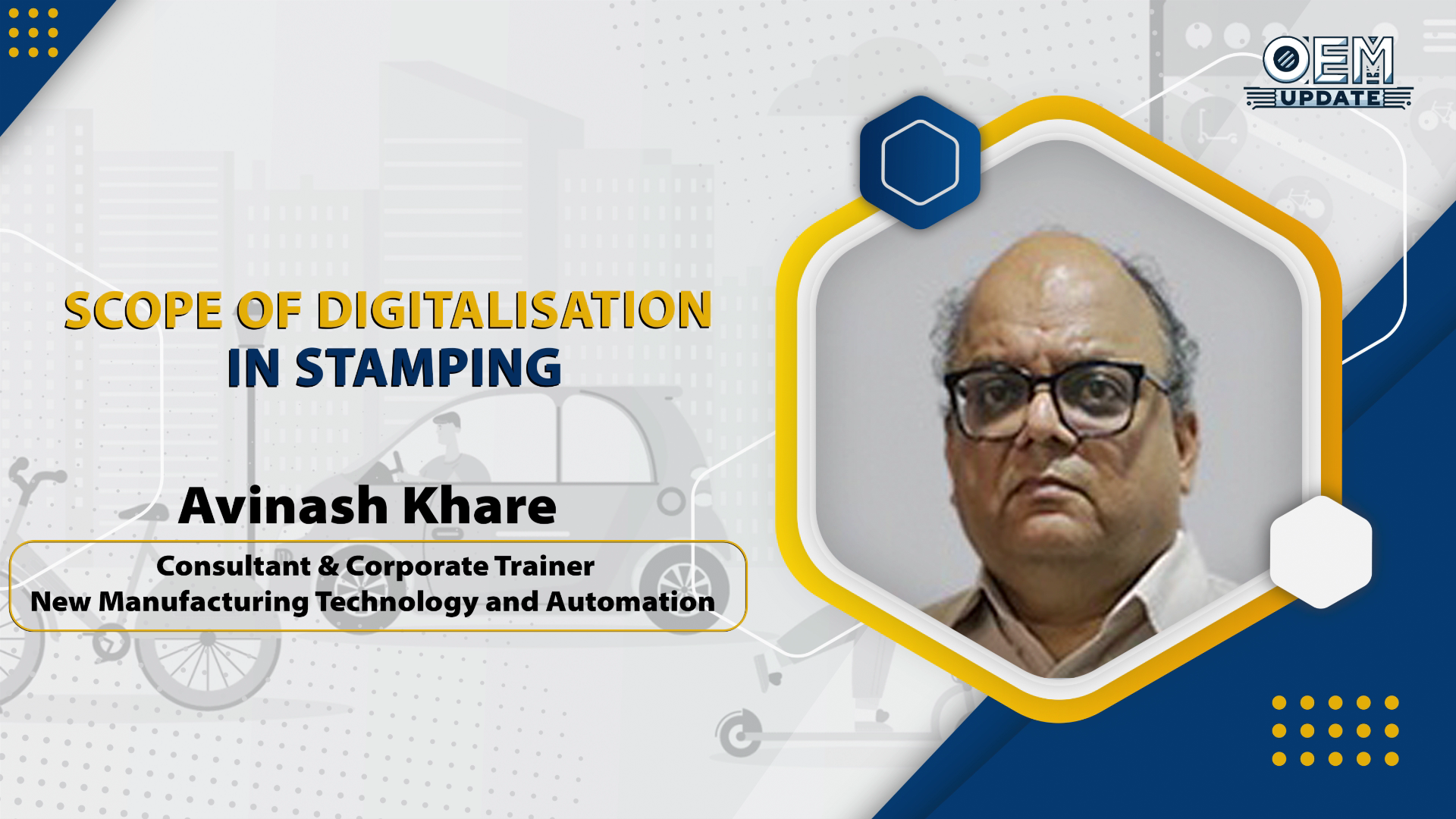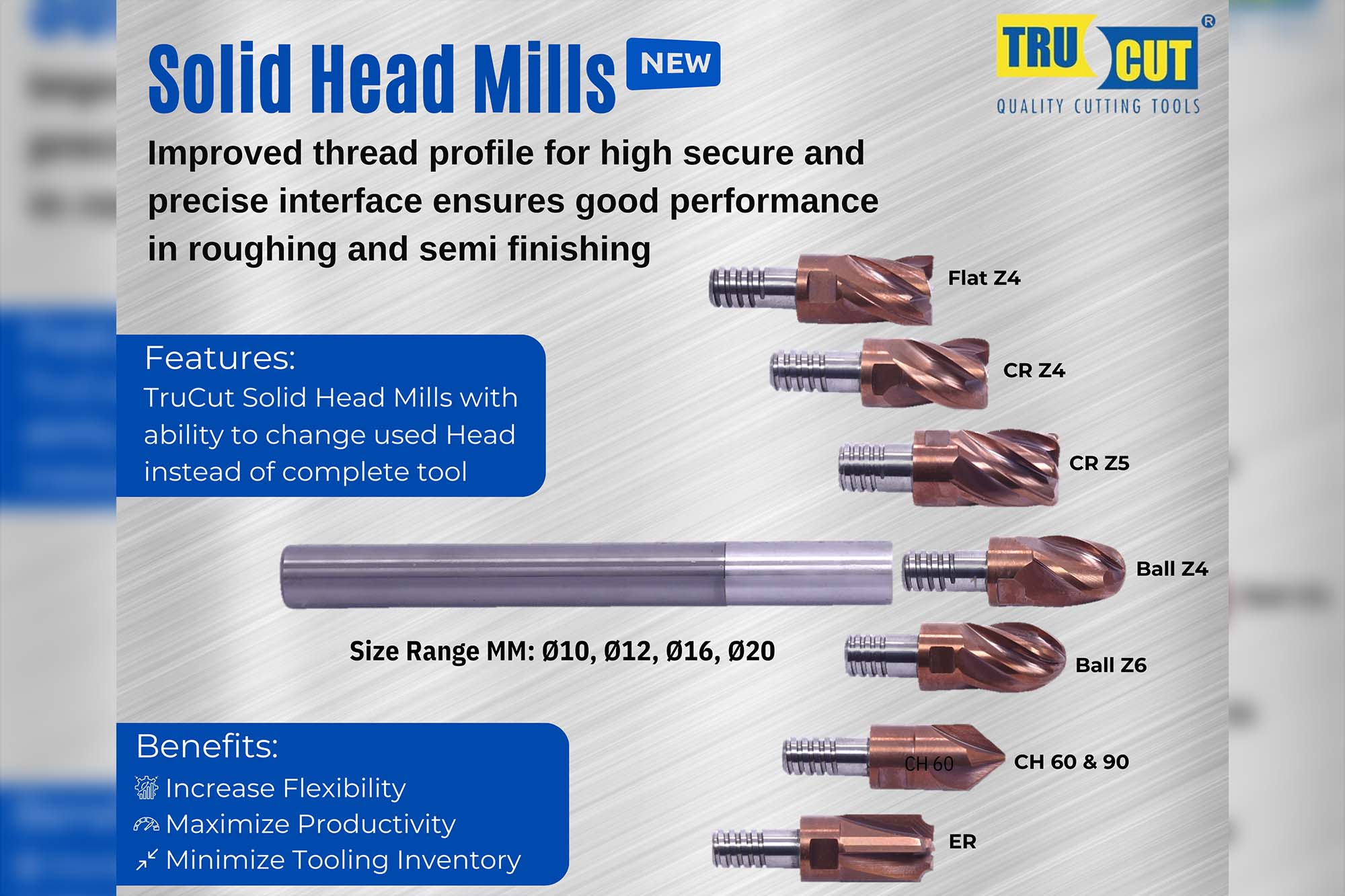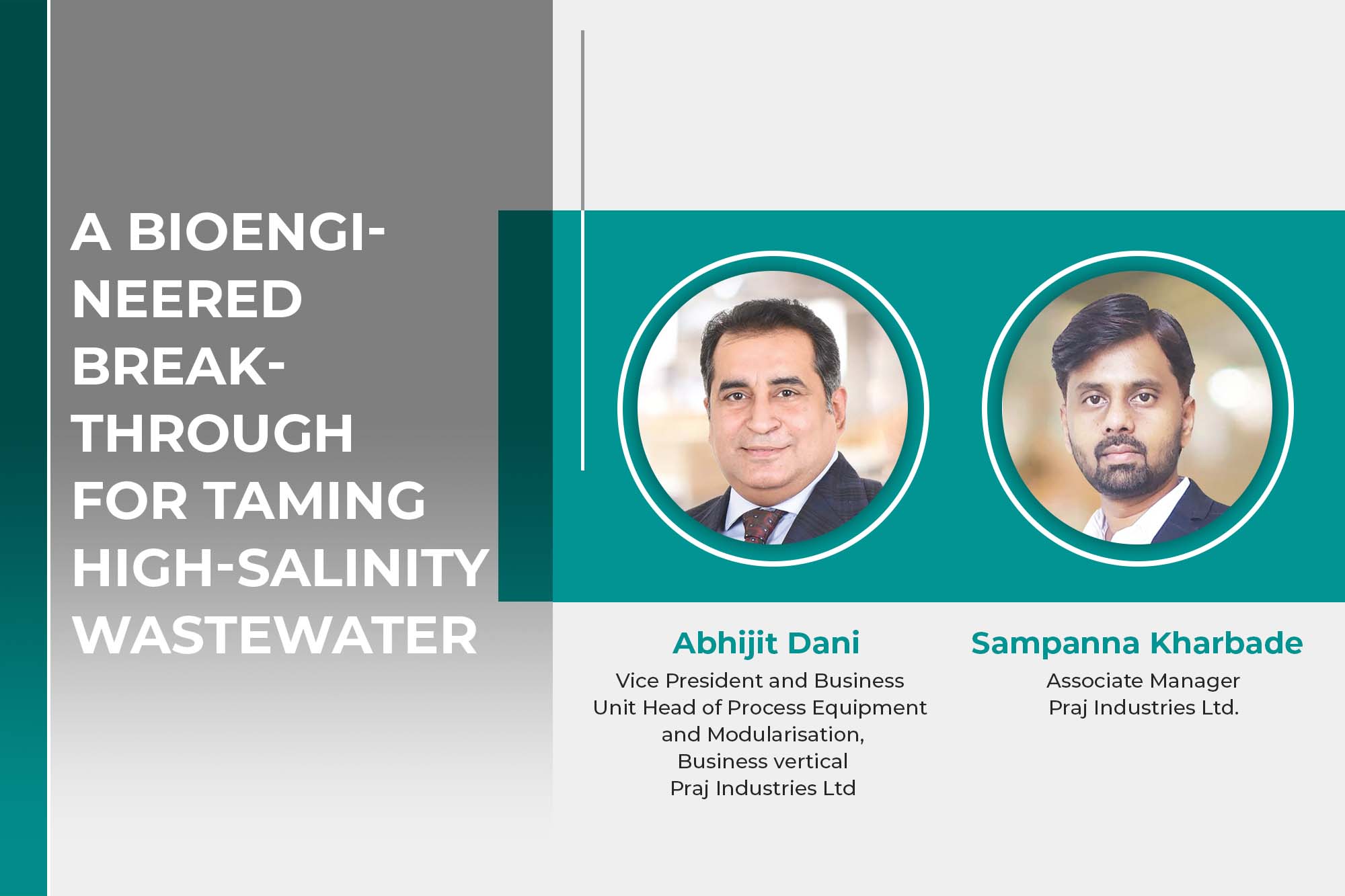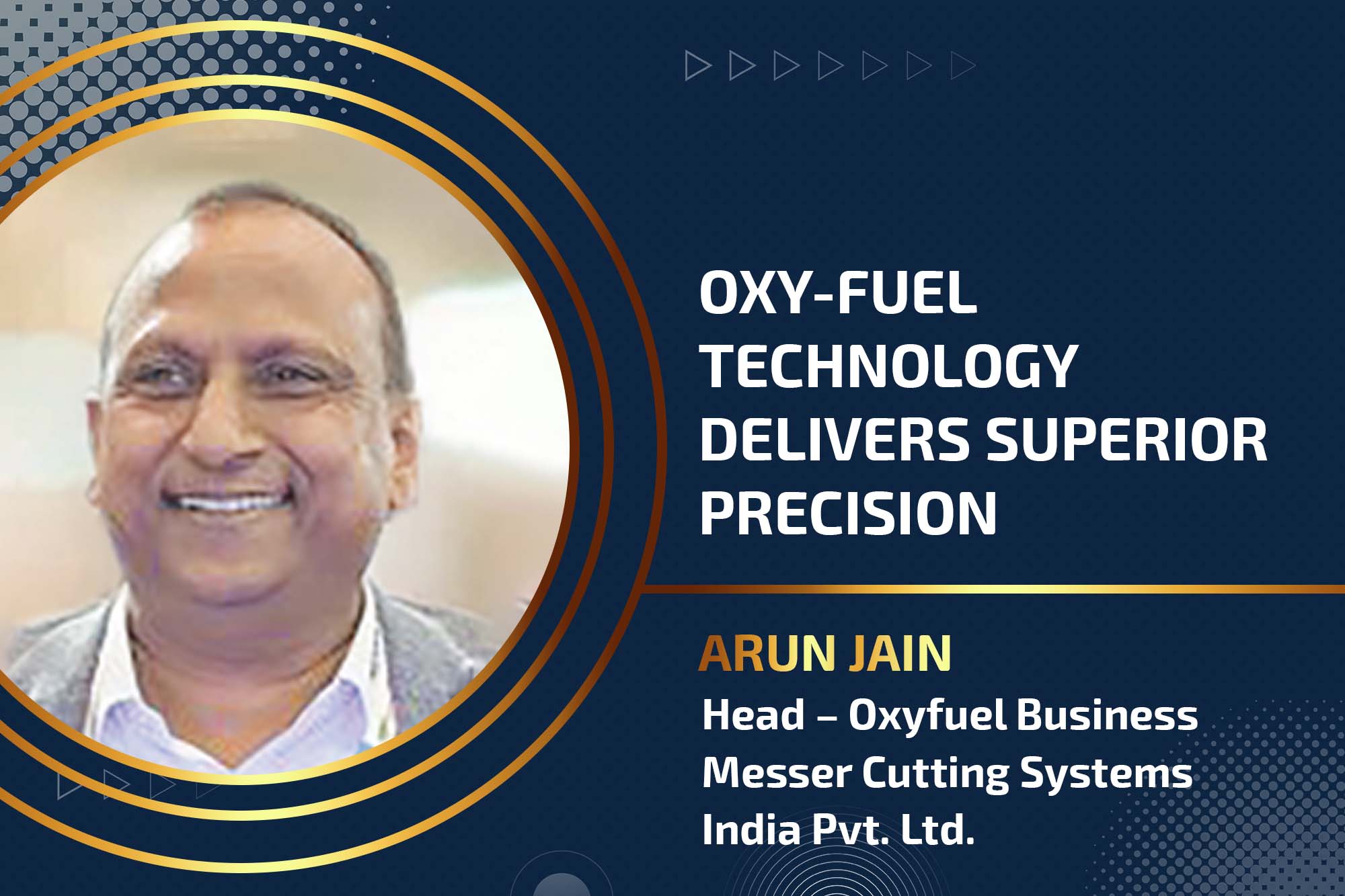Innovations towards better machining
By admin January 15, 2015 10:55 am IST
With recent advancements of technology, the machine and cutting tools industry has effectively positioned as better prepared for growth
With over 100 years of development, the cutting tool is still one of the key elements inseparable from high-productivity, high-precision machining operations. Over all these years, the machine and cutting tools sector has witnessed lot of innovations and changing trends time to time in order to meet the ever-growing requirements of the industry. Let’s find out what are the changes the industry has experienced so far.
Latest innovations Driven by advanced material processing and fabrications, cutting tools have been evolving to have the hardest-ever coating and the smallest-ever configuration. In parallel, many emerging machining technologies – such as micro-scale machining, minimum-lubrication machining and machining of abrasive materials – all require new cutting tools with performance uncharacteristic of conventional tooling.
“The cutting tools, either with unique materials or geometry, encounter sophisticated loading during machining and exhibit distinct thermo-mechanical behaviour,” says Vikas Taneja, Vice President – Marketing, Jyoti CNC Automation Ltd.
“The current focus in the cutting tool industry is to upgrade geometries, improve coating technology, and innovate products and ideas to cut down cost,” says L Krishnan, Managing Director, TaeguTec India. “New materials are also looked up on from the point of view of cost-effective alternatives.”
Considering high-speed machiningHigh-speed machining can be mainly envisaged in all industry sectors where small diameter finishing applications like end-milling, drilling, chamfering, engraving are done inefficiently due to limitations of machine RPM. For example, industry which deals with machining aluminium to produce automotive components, tiny computer parts or medical devices, or the die and mould industry which requires dealing with finishing of hard materials. In the latter category, it is important to have machine with high speed and to keep high accuracy.
High-speed machining, however, finds limited use in the industry owing to reasons of cost and set-up. New technologies like TaeguTec’s Typhoon can facilitate high -speed machining on existing set-up. The Typhoon system uses the existing machine’s coolant supply, reaching rotation speeds of up to 40,000 rpm while the main machine spindle remains idle. The results include increased efficiency, accuracy and quality of workpieces, while saving significant cost and time.
Advanced technologyThe workpieces are evolving faster and more dramatically than the machine tools that cut them. There is a gap between machines and parts, and to close that gap, as well as surpass it, the most significant technology gains in metalworking today are coming from cutting tools.
The cutting tool—along with the role of the cutting tool supplier—is changing more rapidly than any other part of the machining process. In fact, so much about cutting tools has changed that any progressive machining facility today needs to step back to re-evaluate its cutting tool thinking. It is not only specific choices in tools that need to be examined. Fundamental assumptions affecting all of the shop’s tooling need to be re-examined. Some of those core assumptions are bound to be outdated today, because the rules of cutting tools have changed.
“In the metalworking industry, there is no other choice except to adopt advanced technology,” says Mr Taneja. “The machining demands that are soon to come are so great, only advanced technology will be able to meet them.”
Cookie Consent
We use cookies to personalize your experience. By continuing to visit this website you agree to our Terms & Conditions, Privacy Policy and Cookie Policy.


















